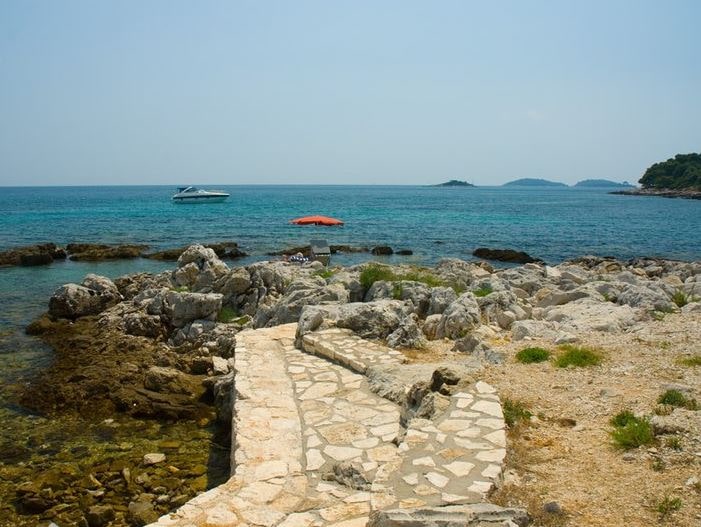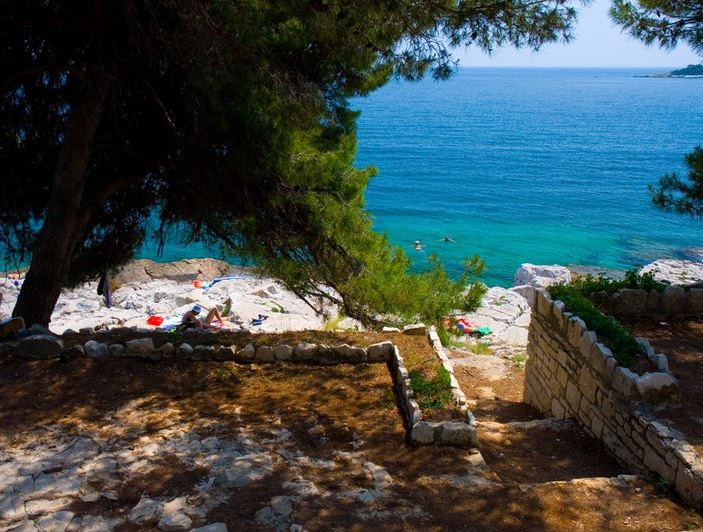Scaraba Beach
Removed from Unnamed collection





+ 3
Source: Sam Zoon Images may be subject to copyright. Learn More
Just a short stroll from Rovinj's town center, you'll find the stunning Beach Balzamake nestled right after Kurent Cape. If you're up for a scenic walk, it's only about thirty minutes on foot, or you can pedal your way there on a bike. For those driving, the nearest parking spot is conveniently located just beyond the Monvi Entertainment Center. It's free, but be warned, it fills up fast during the bustling summer months of July and August. From this parking area, Scaraba Beach is just a few minutes away, as are other beaches sprinkled throughout the Golden Cape Park Forest.
The coastline here is mostly rocky, with charming inlets scattered with pebbles. Balzamake is particularly great for sunbathers, thanks to its large, flat stones that make for perfect lounging spots. For those seeking a bit more solitude, Scaraba Cape provides a more secluded atmosphere. However, it's not the best choice for the elderly or families with young kids due to its rocky terrain. It's worth noting that these beaches are popular with naturists, which is quite common in Rovinj.
If you're into swimming or diving, the pebble beach in Big Scaraba Bay, complete with its own pier, is a local favorite. The crystal-clear waters are inviting, and the underwater world is just waiting to be explored. The area is also known for its lush greenery, offering a beautiful contrast to the azure sea. Whether you're sunbathing, swimming, or simply soaking in the natural beauty, this spot is a slice of paradise you'll want to revisit.
 Sam Zoon
Sam Zoon  Croatia
Croatia